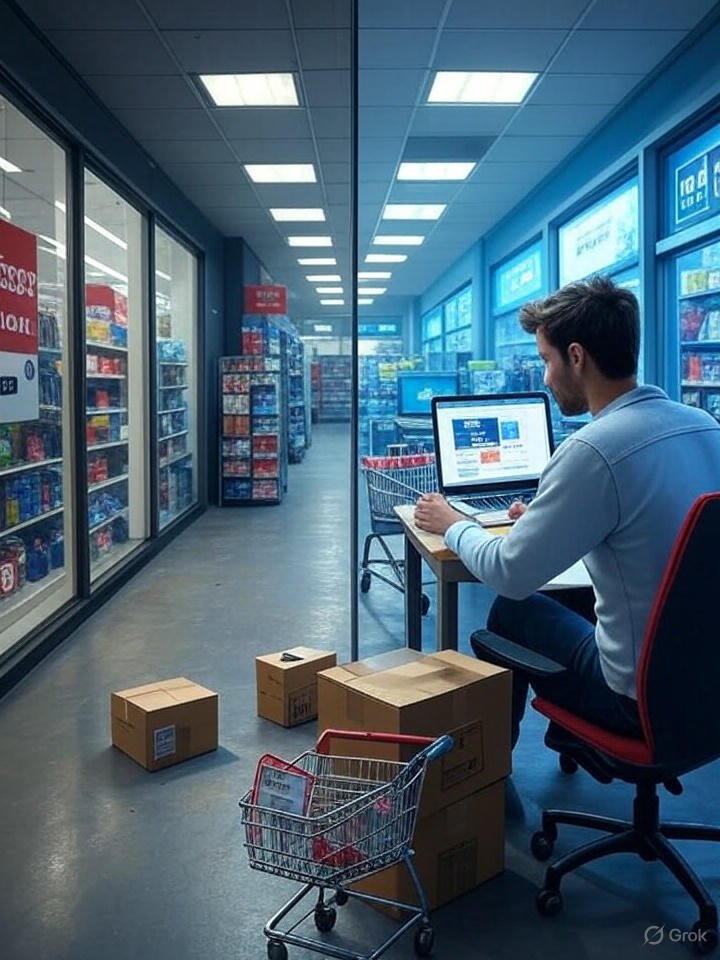The fashion landscape is evolving at unprecedented speed, with seven transformative trends redefining the $1.7 trillion global market. Industry leaders must understand these developments to maintain competitive advantage.
1. Regional Market Shifts
Asia-Pacific now accounts for 38% of global fashion sales (Statista), with Chinese consumers driving 50% of luxury growth (Bain & Co). African fashion markets are growing 12% annually (McKinsey), creating new production hubs.
2. Hyper-Personalization
AI-powered styling services achieve 75% customer retention rates (Accenture). Nike’s NFT sneakers demonstrate how digital customization extends brand value beyond physical products.
3. Supply Chain Revolution
Blockchain tracking reduces lead times by 40% (Business of Fashion). Nearshoring in Eastern Europe and Mexico grows as brands seek geopolitical stability.
4. Sustainability Regulations
EU’s Digital Product Passport mandates full supply chain disclosure by 2026. Brands face potential fines up to 4% of revenue for non-compliance.
5. Social Commerce Dominance
Livestream shopping generates 25% of China’s fashion sales (Coresight). Instagram and TikTok shops now influence 60% of Western purchases (Meta).
6. Material Innovations
Prada’s Re-Nylon line uses 90% recycled materials without sacrificing quality. Lab-grown silk startups attract $300M in VC funding (PitchBook).
7. Workforce Transformation
3D design skills command 35% salary premiums (LinkedIn). Brands retrain patternmakers as digital technicians to bridge traditional and future skills.
Strategic Implications
Forward-thinking companies are:
- Localizing 30% of production within target markets
- Investing in circular design capabilities
- Building hybrid physical-digital retail experiences
The most successful brands balance global scale with local relevance while meeting stricter environmental standards. Early movers in these areas report 15-20% higher profit margins (BCG).
For fashion executives, these insights reveal where to allocate resources for maximum impact. The industry’s future belongs to those who can anticipate shifts while maintaining brand authenticity in changing markets.







